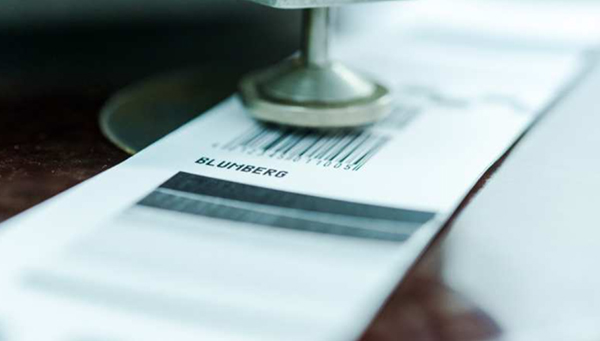Thermal labels

Due to their special coating, thermal labels can be used flexibly and do not require any printing medium. The pigments contained in the labels change color when exposed to heat and become visible as a print. Additional materials are therefore obsolete. Our thermal labels are available in many sizes, shapes and colors and are individually tailored to your requirements. We would be happy to supply you with pre-printed labels with a thermal coating or adhesive-free labels for special surfaces.
Areas of application for thermal labels
Our thermal labels can be printed quickly and easily. The printed image is extremely legible - even if it is not designed for permanent identification. Thermal labels are the standard for receipts, travel tickets, admission tickets, shipping labels and speeding tickets. Its use has also proven itself in document archiving.
The functionality of thermal labels
In contrast to labels made of normal paper, thermal labels have an additional coating. This lies above the supporting main layer and consists of pigments, auxiliaries, developers and color formers. Spot heat triggers a chemical reaction. The thermosensitive layer turns black at these points and creates the printed image. The head of the direct thermal printer takes over this process.
The advantages of thermal paper labels
Since the print image is not generated by ink, ribbons or toner, you save on consumables with thermal labels . In addition, this printing process is extremely low-maintenance . In addition to a feed for continuous printing, the thermal printer does not require any other moving parts. The thermo-sensitive layer reacts to light and heat even after printing, which means that the printed image loses legibility over time. But the printing speed and the low running costs of this technology make thermal labels the first choice for retail, goods logistics and the event industry.
Storage of thermal labels
To prevent the thermal layer from uncontrolled chemical reaction with heat and light, store thermal labels in a dry place at room temperature and a normal humidity of about 55%. Keep thermal paper labels away from chemicals or other harmful substances and store them upside down on the core.